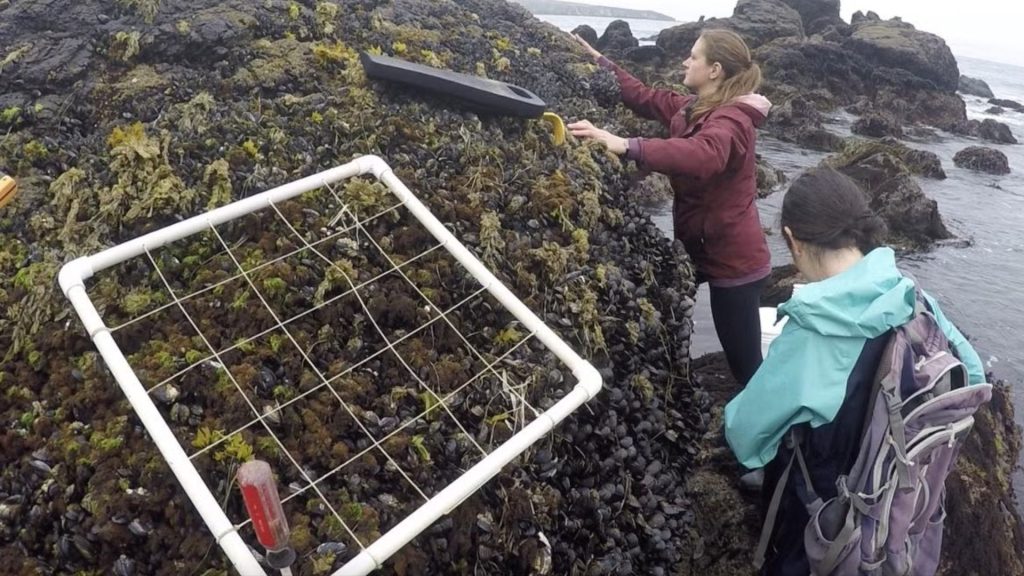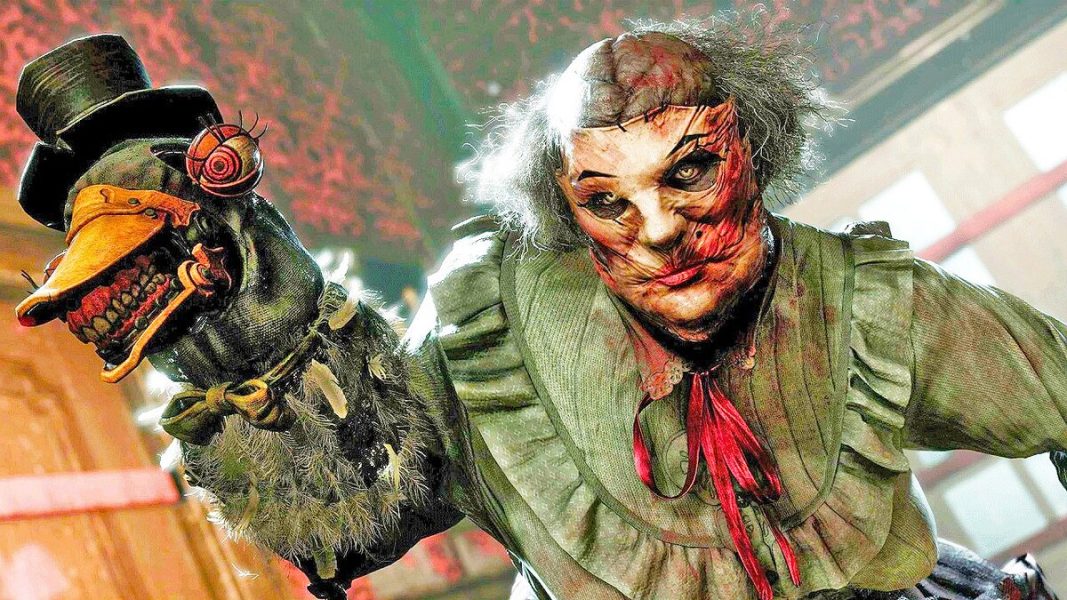80-year-old Californian mussel bed good as new, defying climate odds – Interesting Engineering

A mussel bed located on Northern California’s Dillon Beach has been established to be in the same healthy condition as it was 80 years ago. 2 days ago2 days ago2 days ago2 days ago2 days ago2 days ago2 days ago2 days ago2 days ago2 days ago3 hours ago6 hours ago6 hours ago6 hours ago7 hours ago7 hours ago9 hours ago9 hours ago9 hours ago11 hours agoSrishti GuptaEmily Longman (left) and lab technician Sarah Merolla (right) preparing to sample the mussel bed community at Dillon Beach, California. Eric Sanford, UC DavisA mussel bed located on Northern California’s Dillon Beach has been established to be in the same healthy condition as it was 80 years ago. Scientists from UC Davis utilized a typewritten but unpublished manuscript with raw maps and photos of the location that were created back in 1941.What’s amazing is that the site in the previous research depicts signs of a great thriving ecosystem, which coexists alongside hints of climate change.“We anticipated finding dramatic losses of species,” said lead author Emily Longman. “We predicted we’d have a big decline in biodiversity. Shockingly, we didn’t find that. If anything, we found more species. This mussel bed community is really healthy.” The original survey, conducted by two UC Berkeley graduate students before World War II, documented the invertebrate species living within the mussel bed. One of the students, Milton Hildebrand, would go on to become a respected zoologist at UC Davis. In 2019, researchers Emily Longman and Eric Sanford reconnected with the now 101-year-old Hildebrand to share their findings before his death in 2020.“Transferring scientific knowledge across generations like this is more than just the numbers and data — it’s a very human endeavor,” said senior author Eric Sanford.The findings were quite contrary to what was expected of the resurvey as it established that there actually was an increase in biodiversity as compared to 1941—more than 90 species of invertebrates were identified. This actually marked a point in time that showed resilience, as even during the ongoing oceanic decline, there was no significant biodiversity loss.“I think of them as the Motel 6 for rocky shores,” Sanford said. “Crabs, snails, worms, limpets, sea cucumbers — all of these species find lodging down in these three-dimensional beds.”Habitat-forming species like mussels are foundational to marine ecosystems, providing critical shelter for other organisms.Even though the mussel bed is still biodiverse, the composition of its species reflects shifting ocean conditions. The chiton Mopalia lionota and California horsemussel Modiolus carpenteri, which were common in southern regions, have become abundant in the mussel bed, resulting in the ratio of cool-adapted species decreasing.The researchers emphasized the importance of preserving and utilizing unconventional scientific resources, such as the 1941 manuscript. “Untraditional resources, like maps from long ago, Indigenous knowledge, and old photos, are treasure troves,” Longman said. “They’re the only window into the past for a lot of these places.”Despite broader trends of biodiversity loss in Southern California mussel beds, Dillon Beach offers a rare example of ecological resilience. The study not only provides hope for Northern California’s marine ecosystems but also underscores the value of revisiting historical data to inform conservation efforts. By bridging nearly a century of ecological research, the Dillon Beach mussel bed offers a poignant reminder of nature’s capacity for endurance in the face of change.The study has been published in the journal Scientific Reports.Stay up-to-date on engineering, tech, space, and science news with The Blueprint.By clicking sign up, you confirm that you accept this site’s Terms of Use and Privacy PolicySrishti Gupta Srishti studied English literature at the University of Delhi and has since then realized it’s not her cup of tea. She has been an editor in every space and content type imaginable, from children’s books to journal articles. She enjoys popular culture, reading contemporary fiction and nonfiction, crafts, and spending time with her cats. With a keen interest in science, Srishti is particularly drawn to beats covering medicine, sustainability, gene studies, and anything biology-related.a day agoa day agoa day agoa day agoPremiumIE PROFollow
Source: https://interestingengineering.com/science/wwii-mussel-bed-shows-increased-biodiversity






